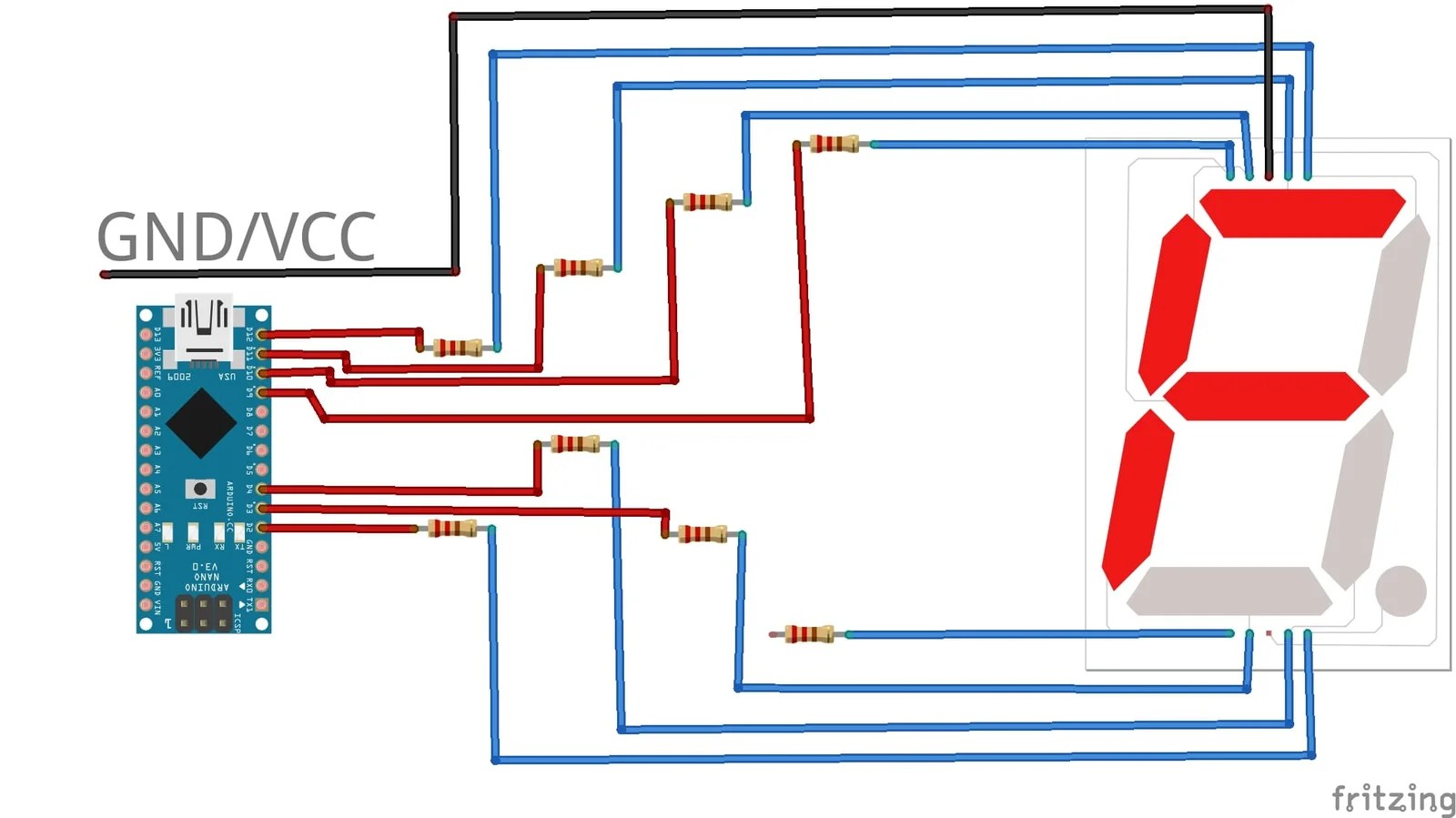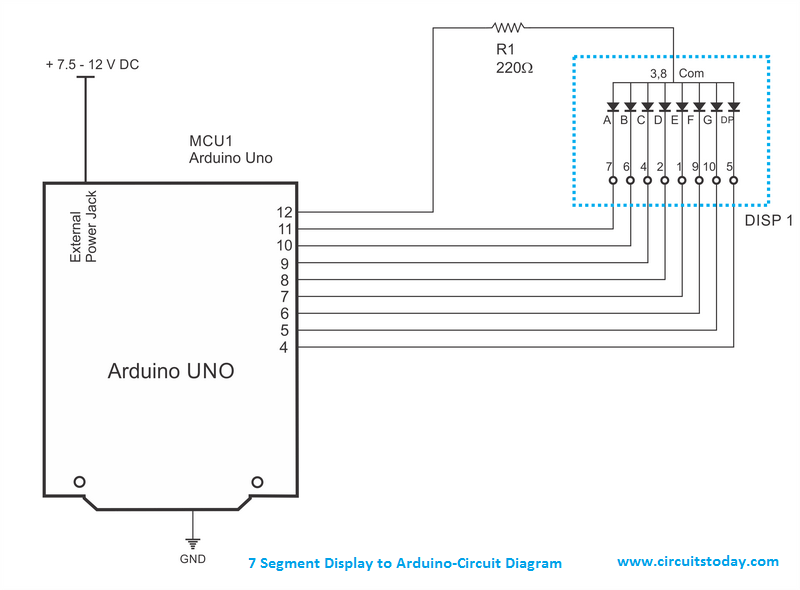Working With 7 Segment Displays and Circuit Diagrams
Circuit diagrams are a fantastic way to illustrate and understand how different electronic components work together. Whether you're a hobbyist or professional, knowing how to work with circuit diagrams is an essential skill for designing, testing and troubleshooting any electronics project. In this article, we will take a closer look at how 7 segment displays are used in circuit diagrams.
7 segment displays are incredibly versatile visual indicators that can be used to represent numbers, characters and even simple shapes. They are a common feature in many circuit diagrams as they provide a simple, powerful way to display data. The purpose of this article is to provide an overview of 7 segment displays and the different types of circuit diagrams they are used with.
Circuits Involving 7 Segment Displays
7 segment displays are used in a variety of circuits, ranging from small-scale applications such as digital watches to large-scale industrial control systems. They can be used in combination with various other components such as transistors, logic gates and integrated circuits to create an array of useful outputs. For example, they can be used to display the time on a digital watch or to display numerical readouts in industrial equipment.
The structure of a circuit featuring a 7 segment display is relatively straightforward. An input signal is fed into the display, which then translates it into an output signal. This signal is then connected to the 7 segment display itself, which drives the individual segments to form the desired output. Different types of input signals can be used, such as binary signals, BCD signals and analog signals.
Types of Circuits Featuring 7 Segment Displays
The type of circuit that uses a 7 segment display depends on the application and what type of output is required. Generally speaking, there are two main types: static circuits and dynamic circuits. Static circuits are used when the output needs to remain the same over time, whereas dynamic circuits are used when the output needs to be regularly updated.
Static circuits feature a single input signal with a constant voltage level. This signal is then processed through a number of logic gates, transistors and other components before being passed to the display. The output of the display remains the same over time, as the input signal doesn't change. Examples of static circuits include calculators, digital clocks and binary counters.
Dynamic circuits, on the other hand, feature multiple input signals that can change over time. These signals are sent to an array of logic gates, transistors and other components, which process and combine them in some way before passing them to the display. The output of the display will update as the input signals change. Examples of dynamic circuits include temperature sensors, digital voltmeters and analog-to-digital converters.
Conclusion
7 segment displays are one of the most popular types of visual indicator used in circuit diagrams. They are incredibly versatile, providing an easy way to display numerical information or symbols. They commonly feature in static and dynamic circuits, which can be used for a wide range of applications from consumer electronics to industrial control systems.

Led 7 Segment Display Driver Circuit Basic Seven System Segemnt Using 7446

7 Segment Display Interfacing With Pic Microcontroller Examples

Interfacing Arduino With 7 Segment Display 4 Digit Counter Example

Bcd To Seven Segment Display Decoder Circuit Eeweb

7 Segment Display Pinout Working Examples Applications Features

Arduino And Seven Segment Display Interfacing
How To Modify The Design Of A 7 Segment Display Multiplexing System In Figure 6 49 Digital Electronics Floyd Accommodate Two Additional Digits Quora

Solved Circuit 1 7 Segment Display And Decoder Preliminary Chegg Com

Circuit Diagram Of The Control Unit With Four Seven Segment Led Scientific

Using 7 Segment Display On Arduino Ray S Blog

Arduino 4 Digit 7 Segment Display Tutorial

Working With Seven Segment Displays Introduction To The Basics

Working With Seven Segment Displays Introduction To The Basics

7 Segment Displays Under Repository Circuits 46124 Next Gr

Arduino 7 Segment Led Display And Counter

7 Segment Display Digital Integrated Circuits Electronics Textbook

Bcd To 7 Segment Display

In Depth How Seven Segment Display Works Interface With Arduino

Controlling A 7 Segment Display Onion Omega2 Maker Kit
